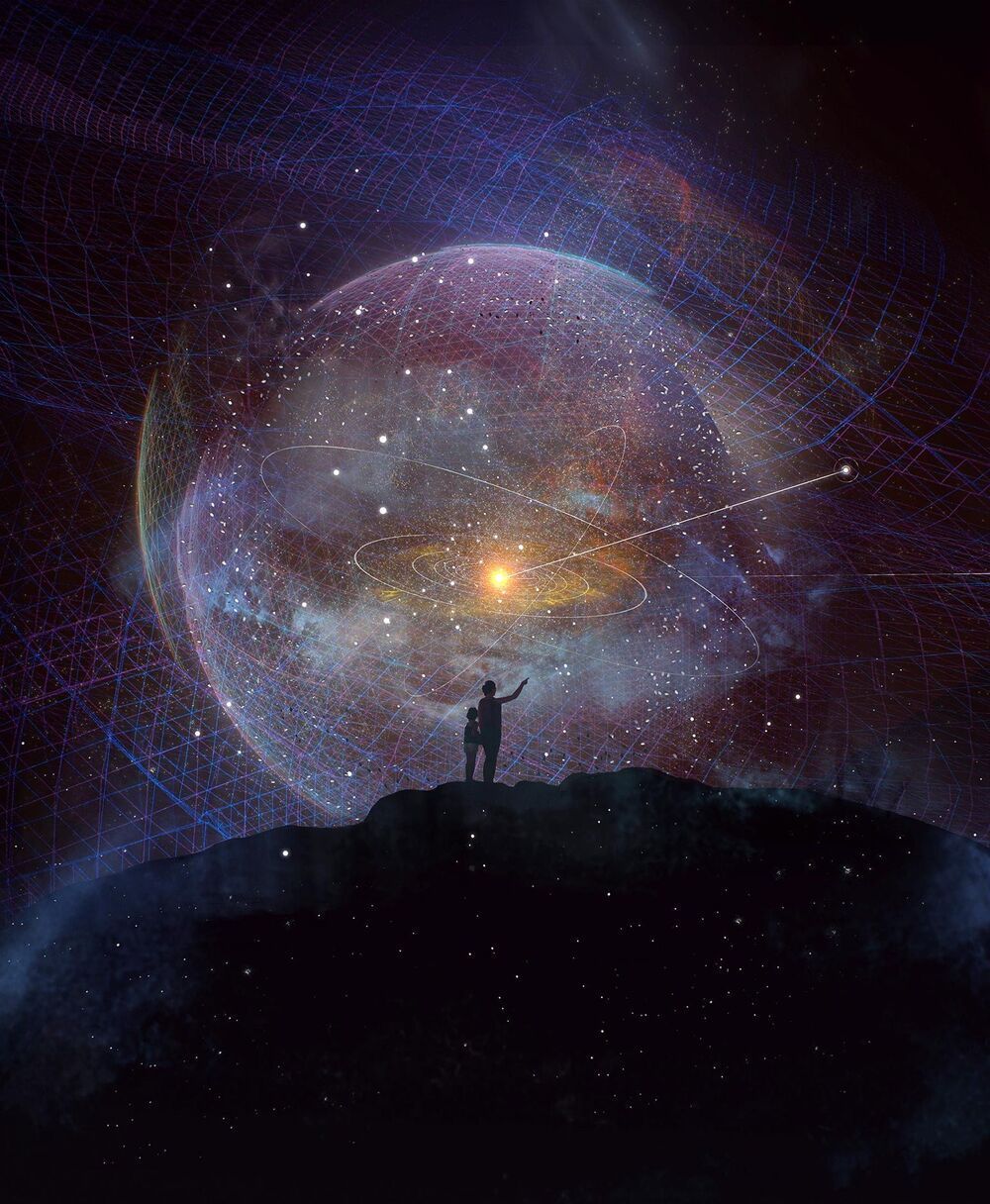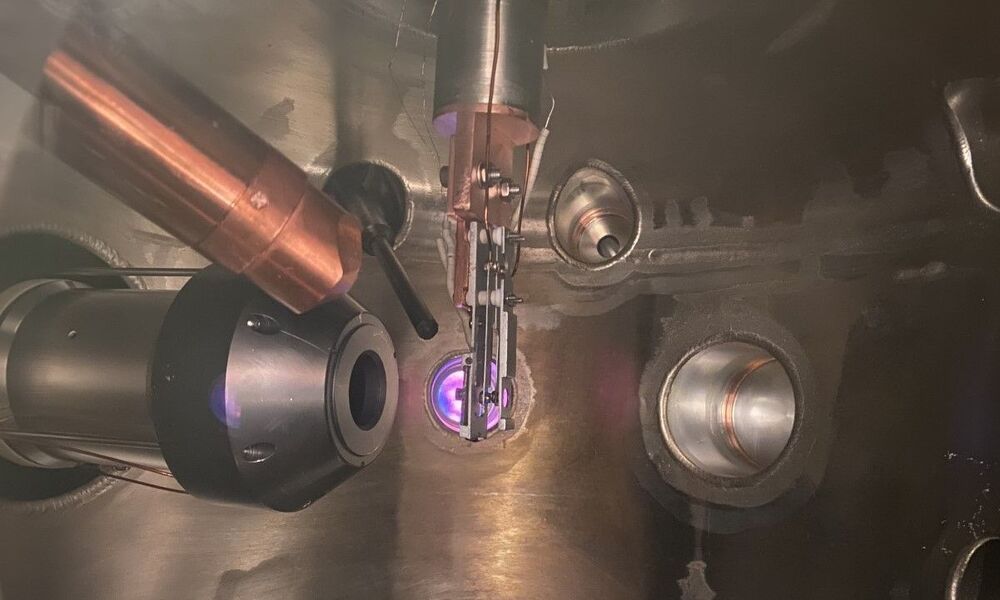All brains shrink with age, and the dominant view has been that more education slows the rate of shrinking. However, the evidence has been inconclusive because studies have not been able to track the rate of change over time. Until now.
Measured brain shrinkage over time
A team of researchers measured brain aging by measuring the volume of the cortical mantle and hippocampus regions of the brain, in MRI scans from more than 2000 participants in the Lifebrain and UK biobanks. These areas of the brain are prone to shrinkage over time, as a natural part of aging. Participants’ brains were scanned up to three times over an 11 year period, in what is known as a ‘longitudinal’ study.






